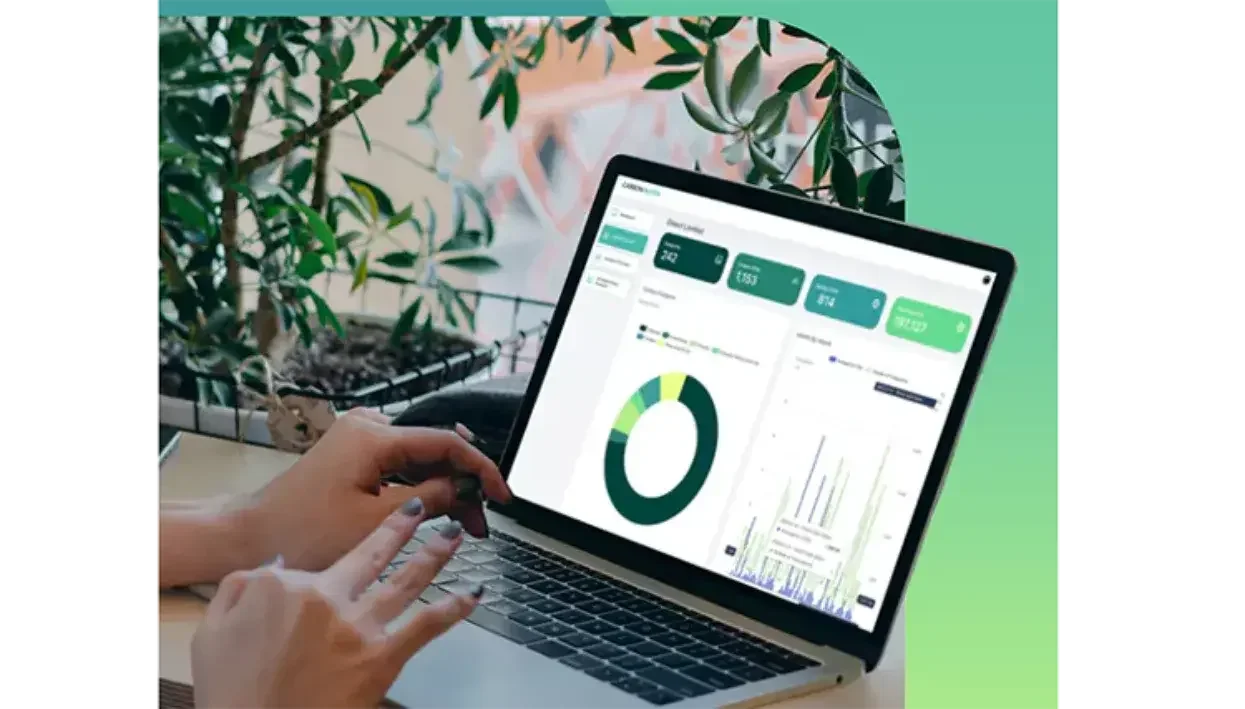Sustainability
An essential guide to calculating carbon emissions
Author
FESPA Staff
Published Date
23/10/2023
Become a FESPA Member
to Continue Reading
